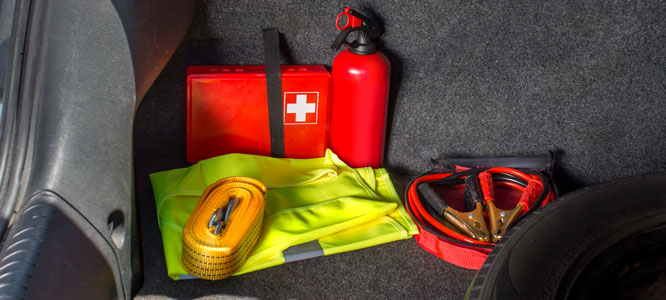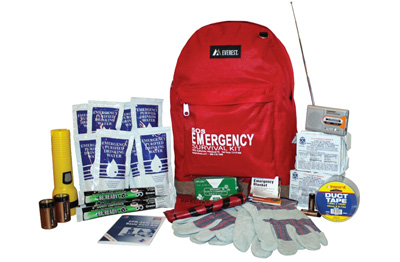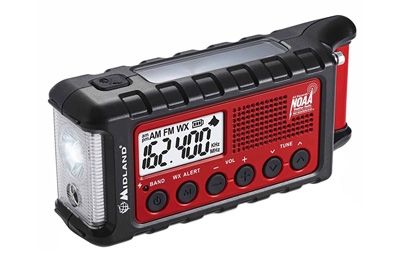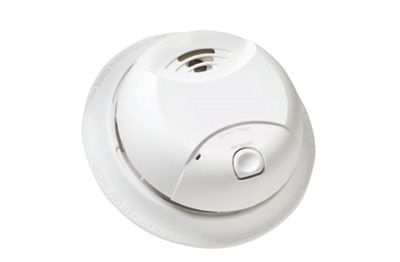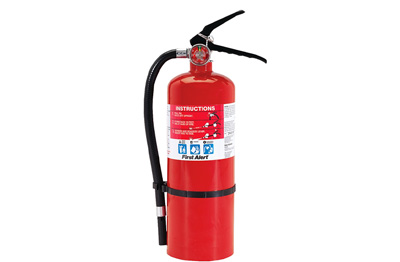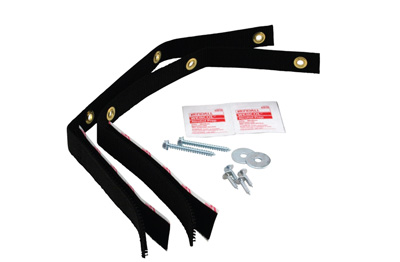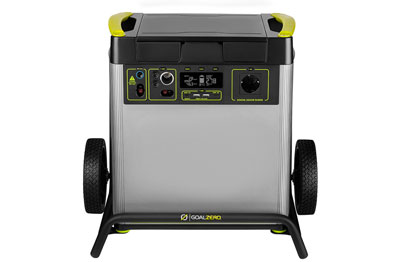
Disaster Preparation for EveryoneTuesday, September 18, 2018 September is National Preparedness Month, which makes this the perfect time to review your emergency plans. Even if you live in an area that is not commonly struck by natural disasters, it's still crucial that you always take a proactive approach to protecting yourself and your family. After all, the number of worldwide natural disasters has risen from less than 100 annually to approximately 400 per year during the past four decades. This means that everyone has an increased risk, regardless of where you live. Fortunately, there are many steps you can take that will greatly reduce your odds of suffering from a personal tragedy during a natural disaster. The Importance of Making a Plan and What To IncludeAccording to FEMA, 80 percent of U.S. residents live within a county that was hit by a natural disaster within the past decade. Despite this, fewer than 40 percent of these households have put together an emergency plan. Emergency Plan Steps:
1. Gather Necessary Supplies
Pack a change of clothes for everyone, spare medication, flashlights and batteries, nonperishable food, fresh water, some cash and copies of your identification, insurance policy and any other relevant documentation. If you have a pet, be sure to pack food and water for them, along with leashes and bowls. These supplies should be packed and ready to go in easy to grab backpacks.
Be sure to rotate the food and water so that it will still be fresh when needed. A satellite phone and radio will also be useful, along with paper maps of your area. You may want to download emergency weather apps.
2. Plan Your Evacuation Route
Many areas have designated evacuation routes. Familiarize yourself with them, and also make sure to scout out alternative options. Whenever possible, leave immediately so that you can get ahead of the inevitable traffic jam.
3. Assign a Meeting Place
It's important to assign a family meeting place in case you get separated. Make sure everyone knows how to get there, and select a backup spot in case the first one isn't accessible.
4. Take First Aid and CPR Classes
You cannot rely on medical assistance to reach you quickly during an emergency. Taking a first aid and CPR class will give you a better chance of survival.
How to Deal with Common Natural DisastersNow that you understand the basics of putting together an emergency plan, let's take a closer look at a few common natural disaster scenarios. Fire More than 3,500 Americans perished in a fire in 2016. To cut your risk dramatically, be sure to practice what to do if the smoke detectors go off. You can also take important preventative steps, including:
You should also make sure every family member knows how to use a fire extinguisher, call 911 and escape the home. If you have upper levels, place a window ladder in each applicable room. Include your pets in your escape plan, and consider placing a 'pet inside' sticker on your windows to help firefighters. Flooding In 2015, 176 Americans died in a flood. There's not a lot you can do to prevent a flood, but you can implement a property protection plan.
It's best to evacuate when a serious flood is imminent instead of waiting to see what happens. Go to higher ground or a designated shelter. Take your emergency supplies with you and be prepared for at least 72 hours away from your home. If you get stuck in a flood, never drive on a water-covered road; turn around, don’t drown. Go to the highest area in your home until the water recedes. Earthquake Experts estimate that 40 California residents die annually in an earthquake. The best way to prepare is to make your home as safe as possible.
When an earthquake strikes, remember to do three key things: Drop, cover and hold on. Run preparedness drills with your family to ensure you're all aware how to quickly drop to your knees, cover up your head and neck and then move underneath a sturdy table. Waiting out the earthquake in that position will give you the best odds of survival. If you have to drive after the earthquake, be alert for aftershocks and damaged roads. Power Outages Severe weather can cause power outages, which may lead to issues with heat stroke, hypothermia, spoiled food and unsafe drinking water. To make your home safer during a power outage, you can do a few simple things:
|


 5. Practice for an Emergency
The American Red Cross recommends practicing all practical aspects of your emergency plan. This includes driving the emergency route, meeting family at the assigned gathering spot and getting out of the house in a quick, orderly manner. Every family should do this at least once per year, but you may want to start doing it quarterly if your children are too young to retain a lot of details.
5. Practice for an Emergency
The American Red Cross recommends practicing all practical aspects of your emergency plan. This includes driving the emergency route, meeting family at the assigned gathering spot and getting out of the house in a quick, orderly manner. Every family should do this at least once per year, but you may want to start doing it quarterly if your children are too young to retain a lot of details.
 If possible, go to an area that has power until electricity is restored to your home. Remember to never touch any downed power lines, and don't drive through any roads that are covered with water. Most power outages are caused by severe weather, so it's also critical to keep an eye on weakened trees and other debris that could fall or get in your way while you evacuate.
With a bit of planning and regular emergency drills, you and your family can be prepared for any type of natural disaster. Don't wait; put your emergency kit and other plan specifics in place today!
If possible, go to an area that has power until electricity is restored to your home. Remember to never touch any downed power lines, and don't drive through any roads that are covered with water. Most power outages are caused by severe weather, so it's also critical to keep an eye on weakened trees and other debris that could fall or get in your way while you evacuate.
With a bit of planning and regular emergency drills, you and your family can be prepared for any type of natural disaster. Don't wait; put your emergency kit and other plan specifics in place today!

